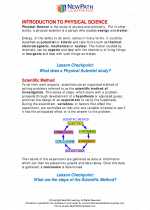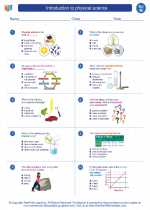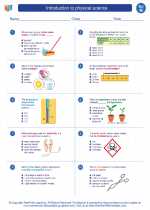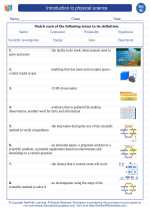Sound Reflection
Sound reflection is the phenomenon in which sound waves bounce off a surface and change direction. When sound waves encounter a surface, they can be reflected, absorbed, or transmitted, depending on the properties of the surface.
Key Concepts
- Reflection: When sound waves bounce off a surface, the angle of incidence is equal to the angle of reflection, following the law of reflection.
- Smooth Surfaces: Sound waves reflect more uniformly off smooth surfaces, such as walls, ceilings, and floors.
- Hard Surfaces: Hard surfaces like concrete, glass, and metal reflect sound waves more effectively than soft surfaces like curtains, carpets, and furniture.
- Echoes: A distinct reflection of sound that arrives at the listener's ear after a noticeable delay, typically due to sound waves reflecting off distant surfaces.
- Acoustic Design: The use of materials and structural elements to control sound reflection and absorption in architectural and interior spaces.
Applications
Understanding sound reflection is important in various fields:
- Architectural Acoustics: Designing concert halls, auditoriums, and recording studios to control sound reflection for optimal listening experiences.
- Sonar Technology: Using sound reflection to detect objects underwater, as in the case of submarines and marine navigation.
- Soundproofing: Managing sound reflection to minimize noise transmission between rooms in buildings.
Study Tips
Here are some tips for studying sound reflection:
- Understand the law of reflection and how it applies to sound waves.
- Learn about different types of surfaces and how they affect sound reflection.
- Explore real-world examples of sound reflection in architecture, engineering, and nature.
- Practice solving problems involving the angles of incidence and reflection for sound waves.
- Experiment with creating and controlling sound reflection using everyday objects and materials.
Remember to review the key concepts and applications to deepen your understanding of sound reflection!





